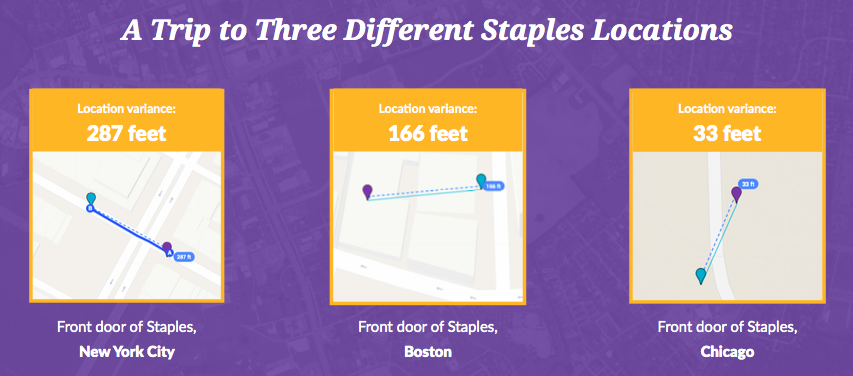
Uber will now use Foursquare POI data to make it easier to find your destination

Uber and Foursquare announced a partnership. The ride hailing company will incorporate Foursquare’s Places data in it’s app. The aim is to allow both drivers and users to easily find exact locations by only typing in the restaurant or venue name instead of the full address.
“Foursquare will enable Uber to customize, improve and increase the breadth of our non-personal POI location data to enhance Uber’s rider and driver experience,” Foursquare wrote in a blog post. “Also, these modifications will also be incorporated into Foursquare’s venue database going forward.”
The details of the deal were not disclosed but it seems to be a good match. Foursquare has been transitioning to become a location-based big data company for the last few years and these efforts were intensified earlier this year after a change in the CEO position.
Uber on the other hand will get a big usability boost. The company is integrating TomTom map and traffic database within the driver’s app, adding Foursquare Places will make it even more user-friendly.






